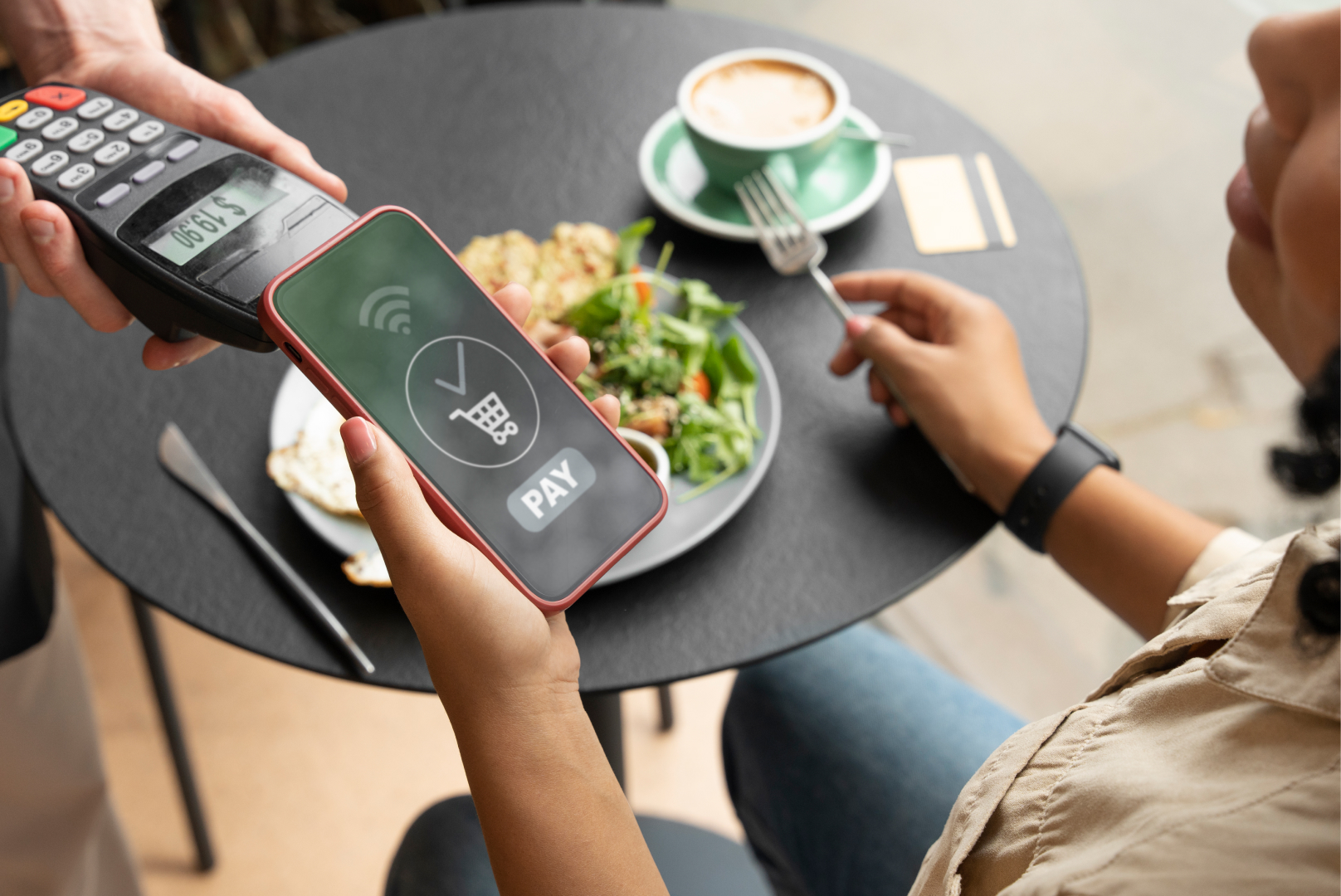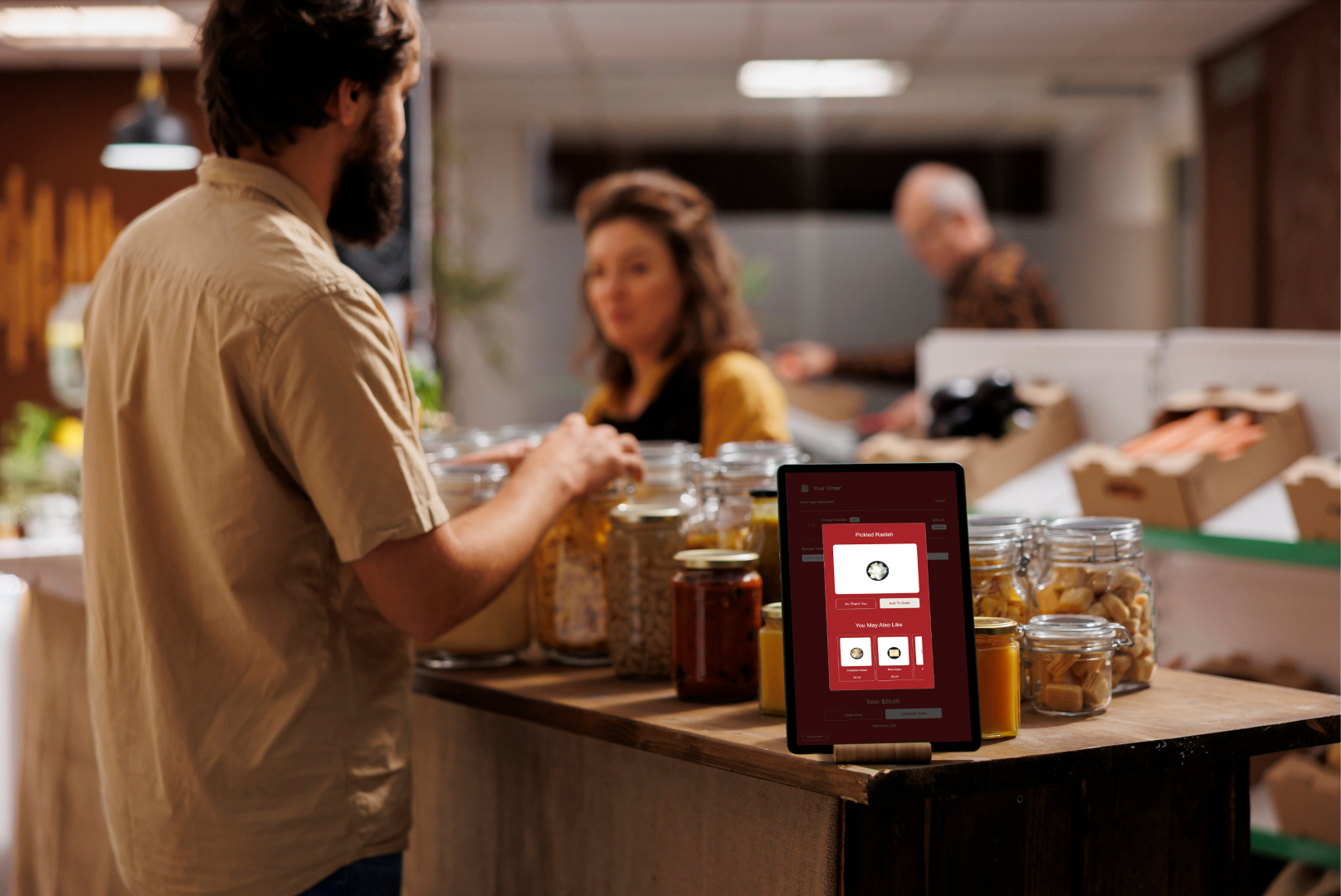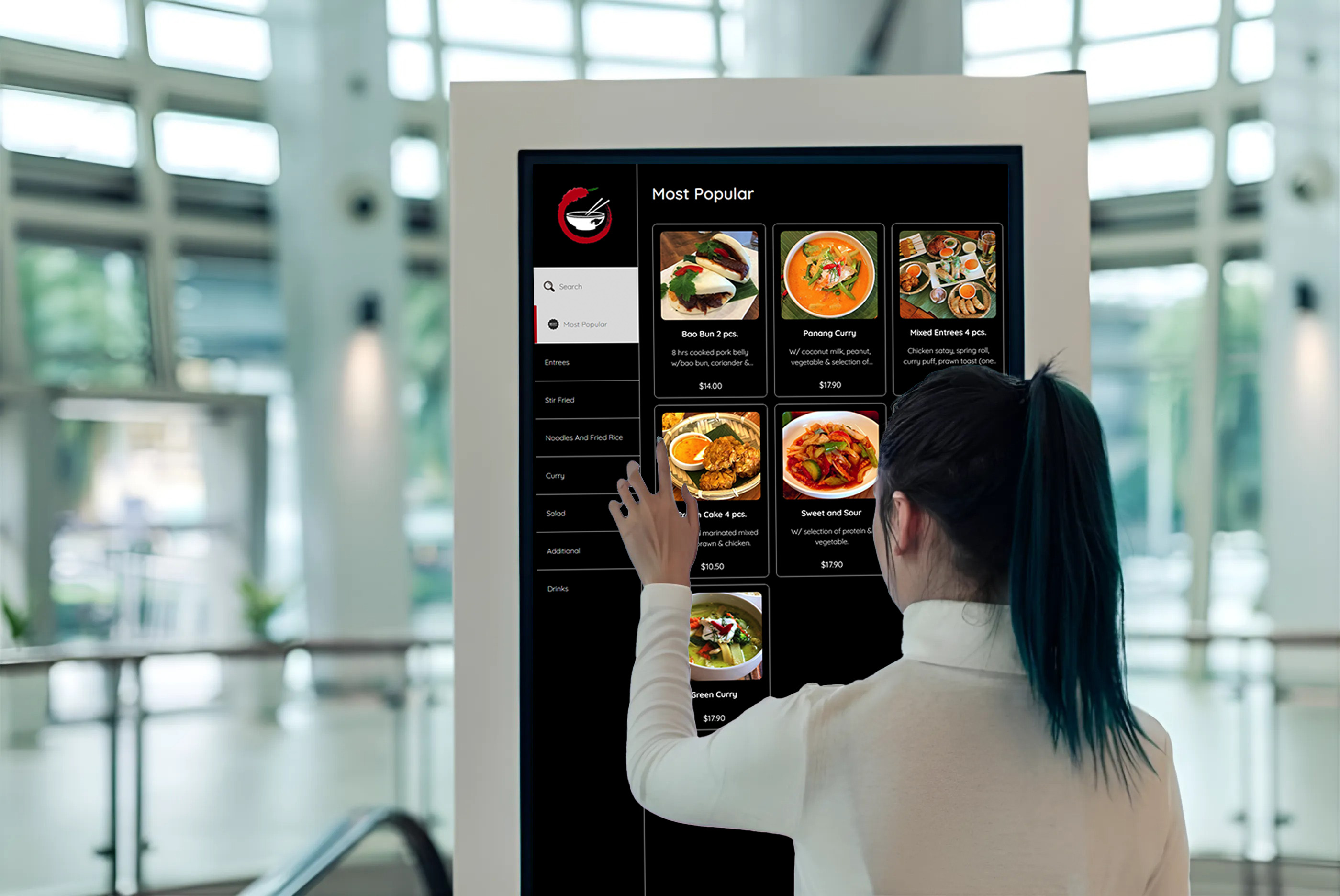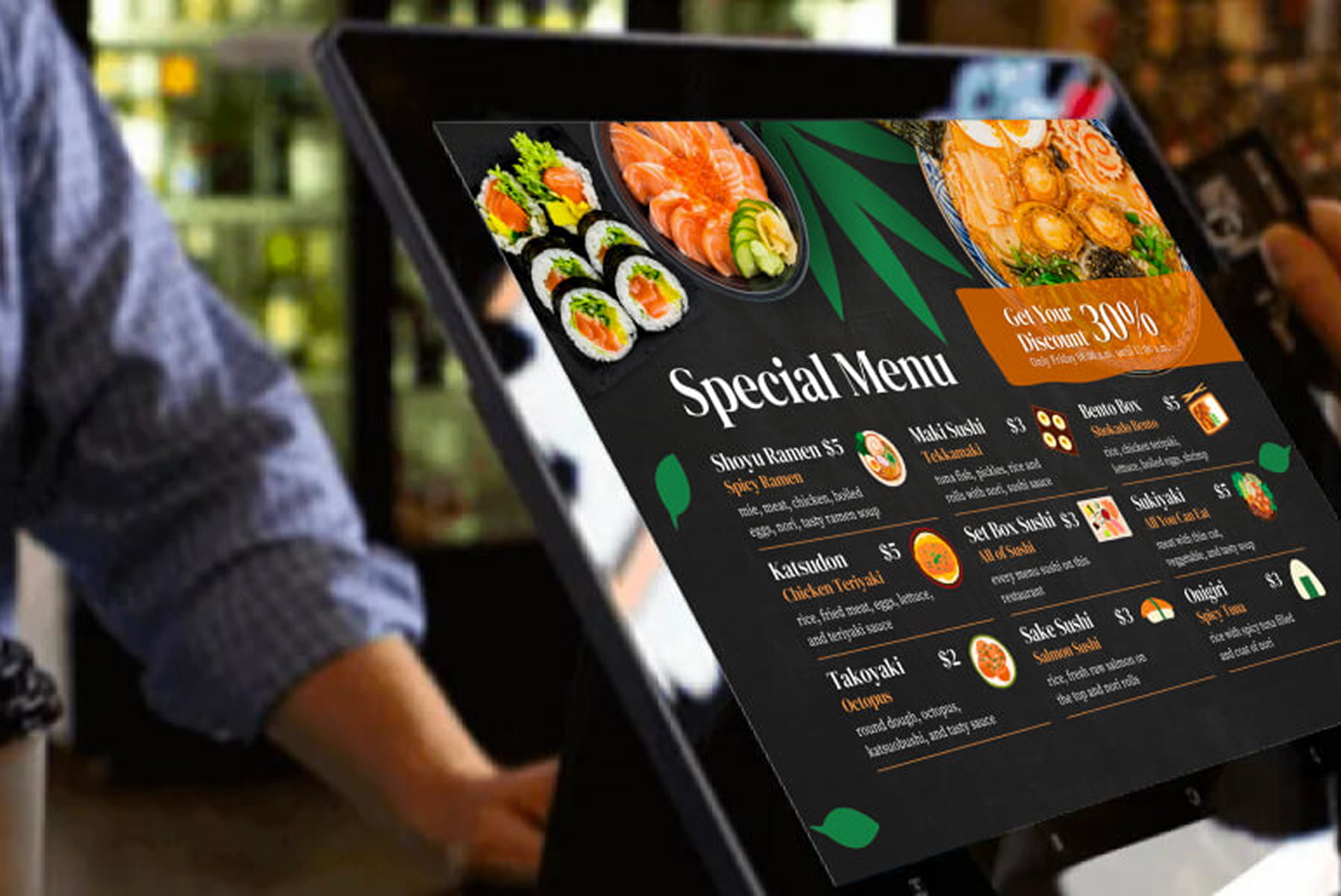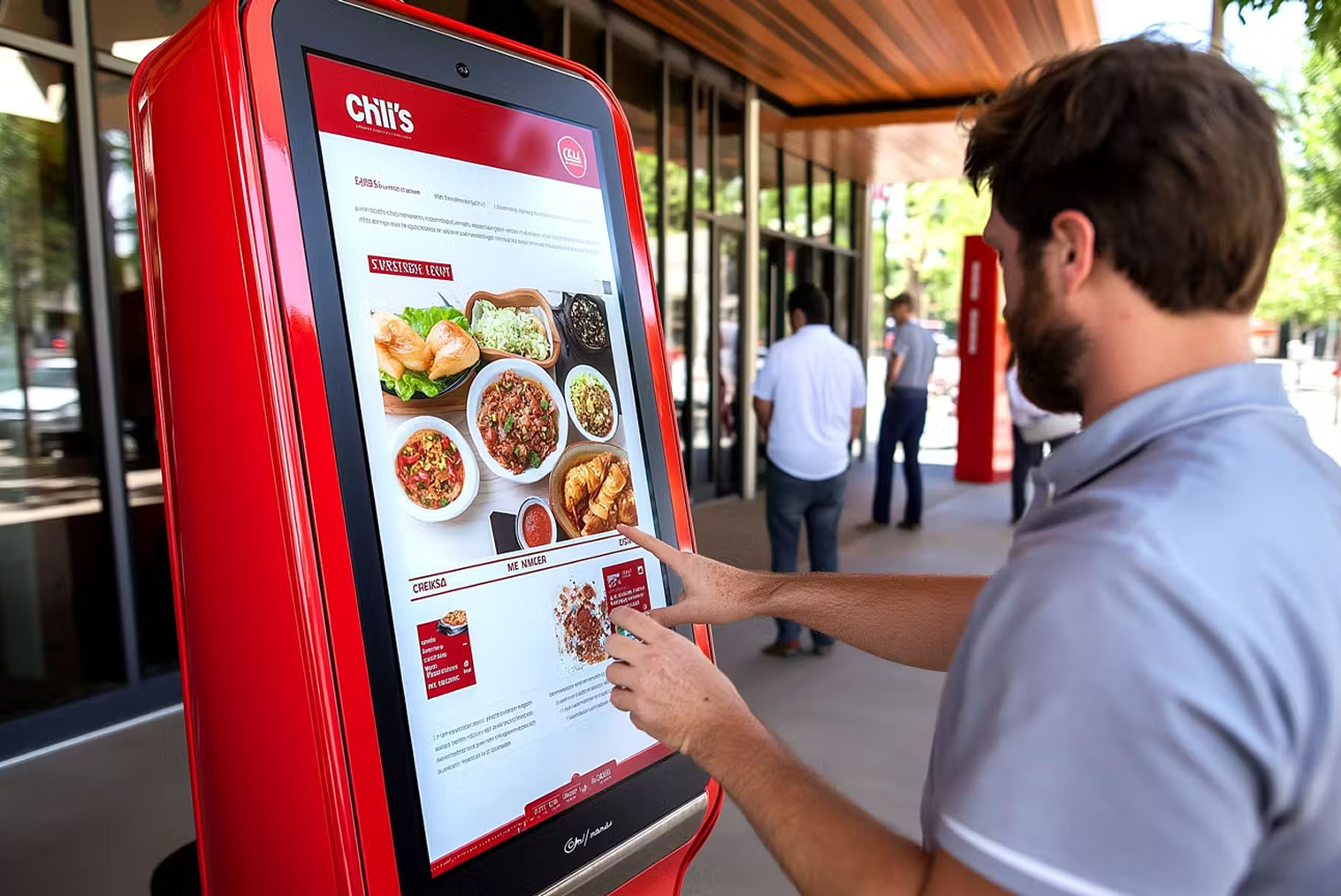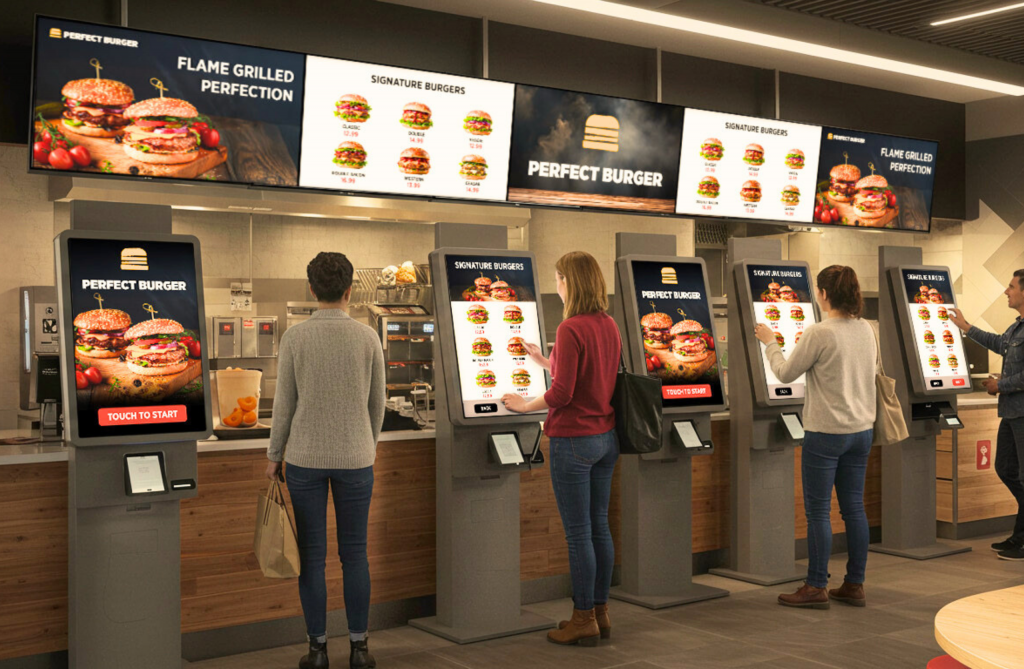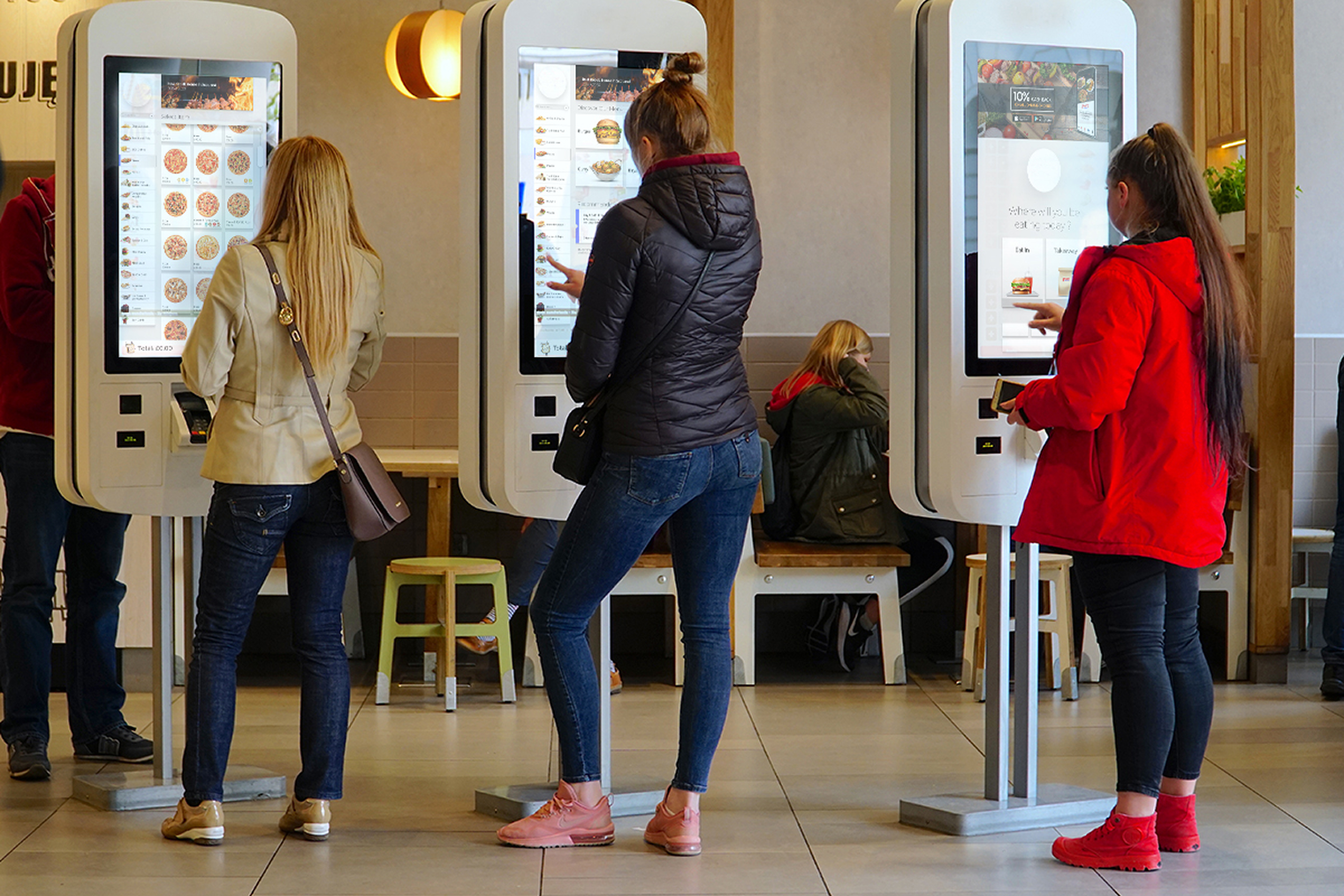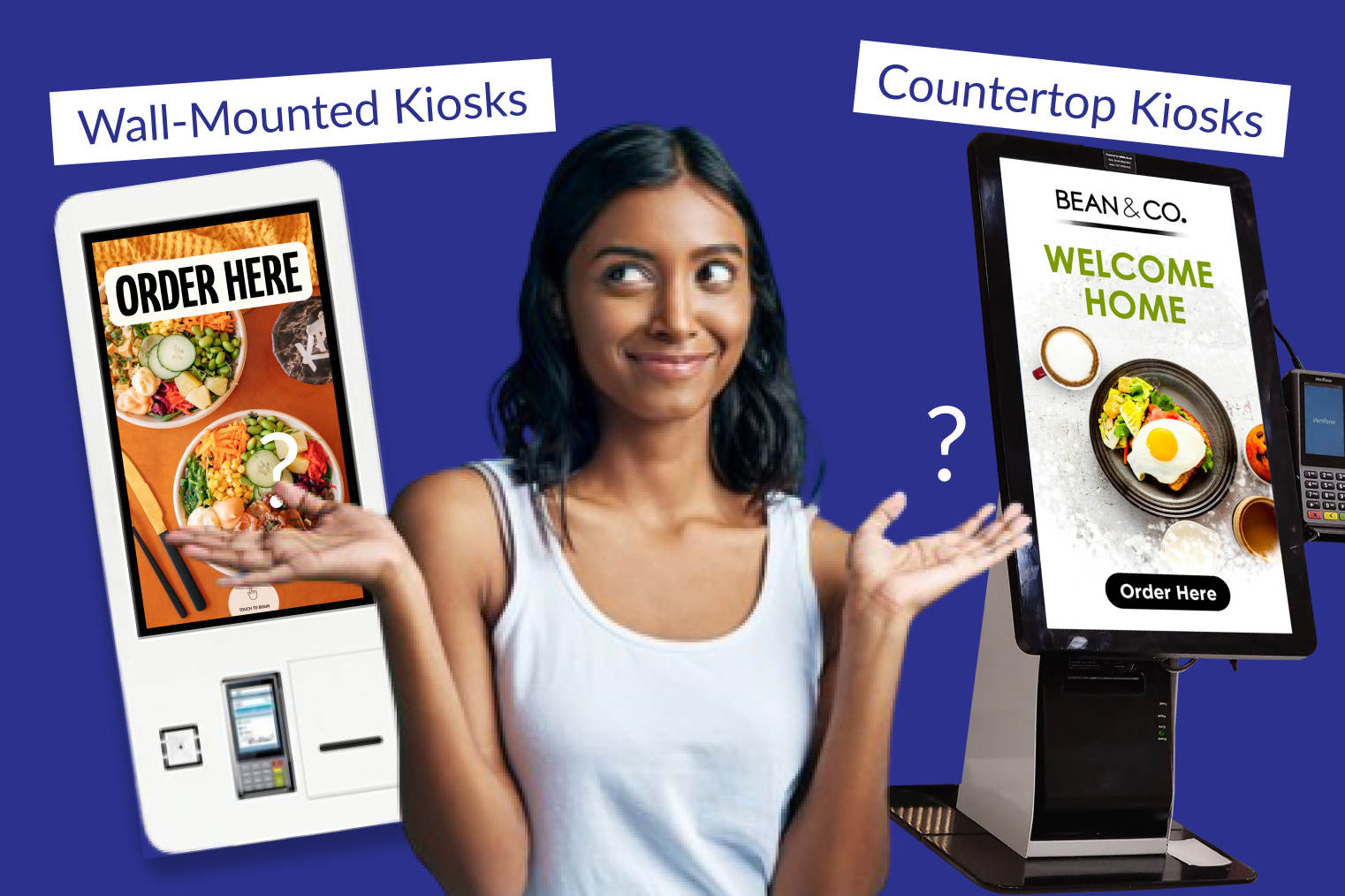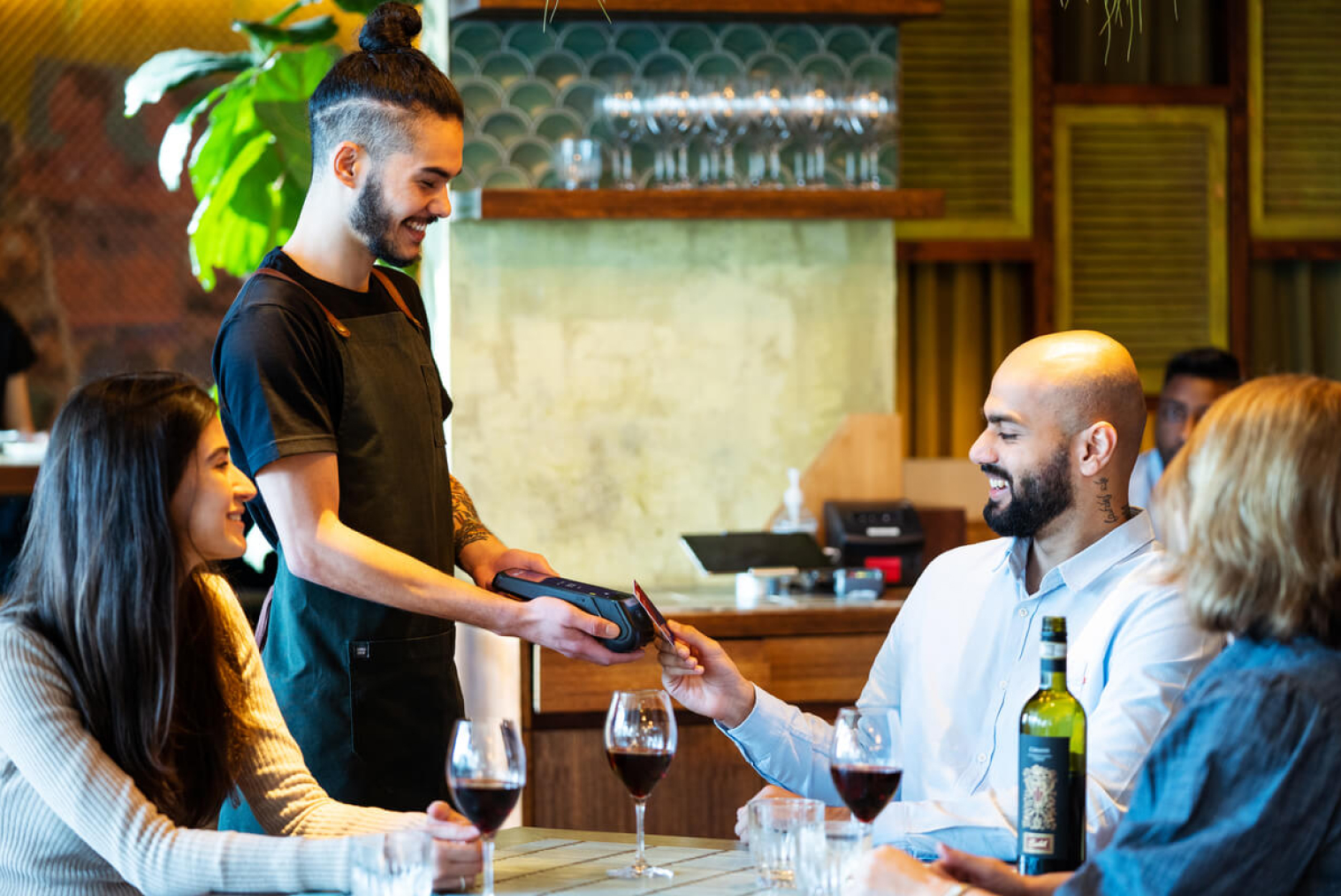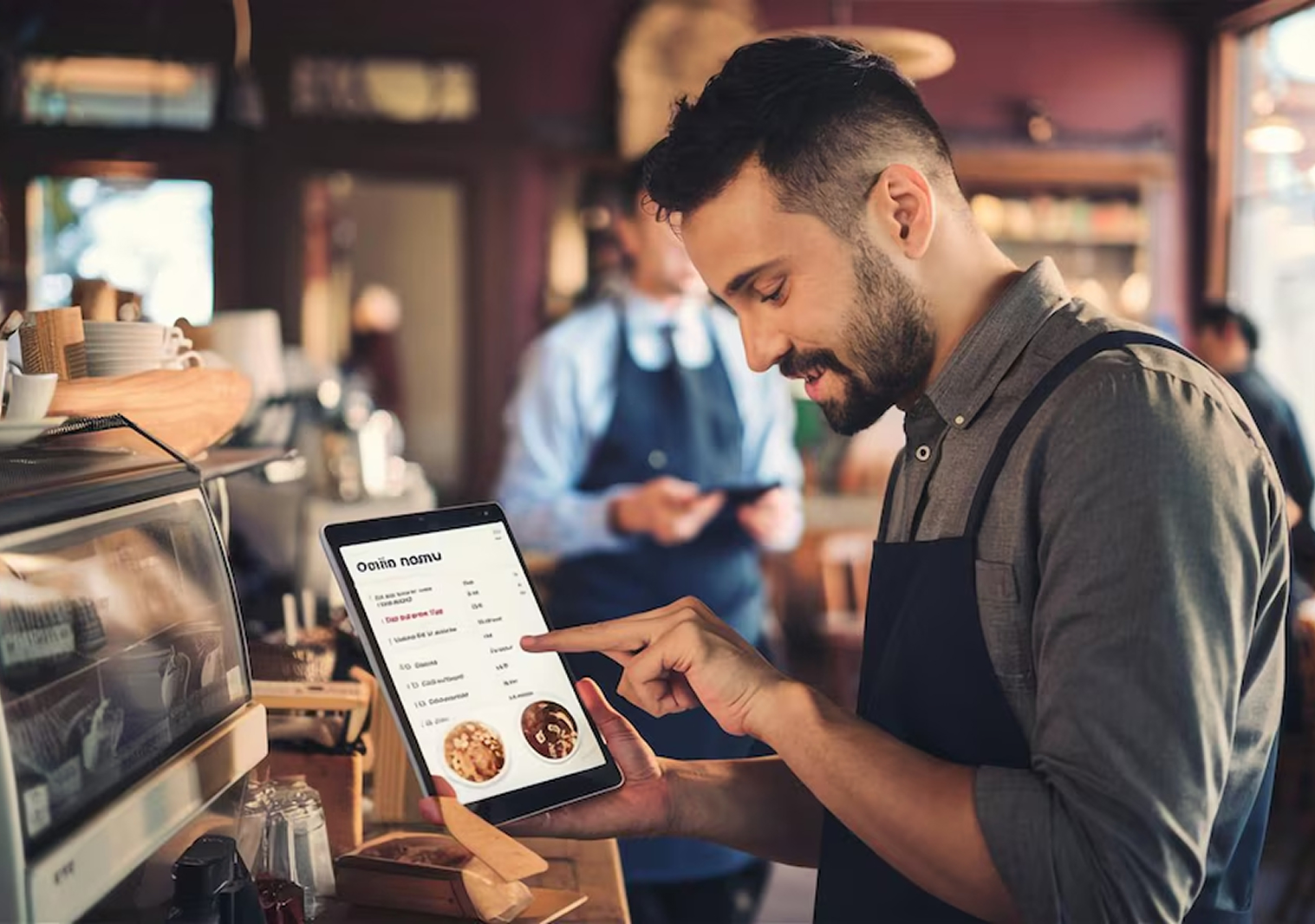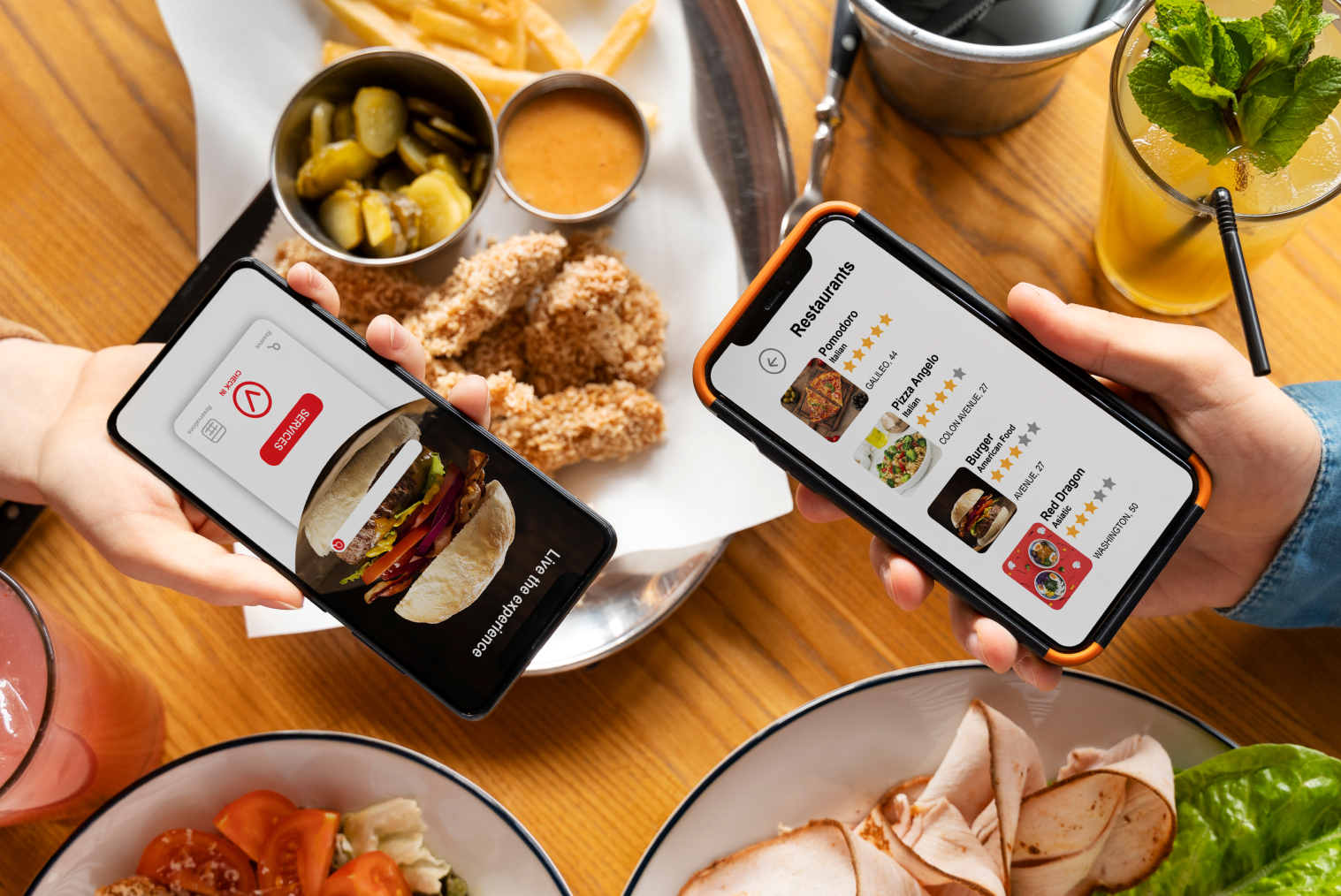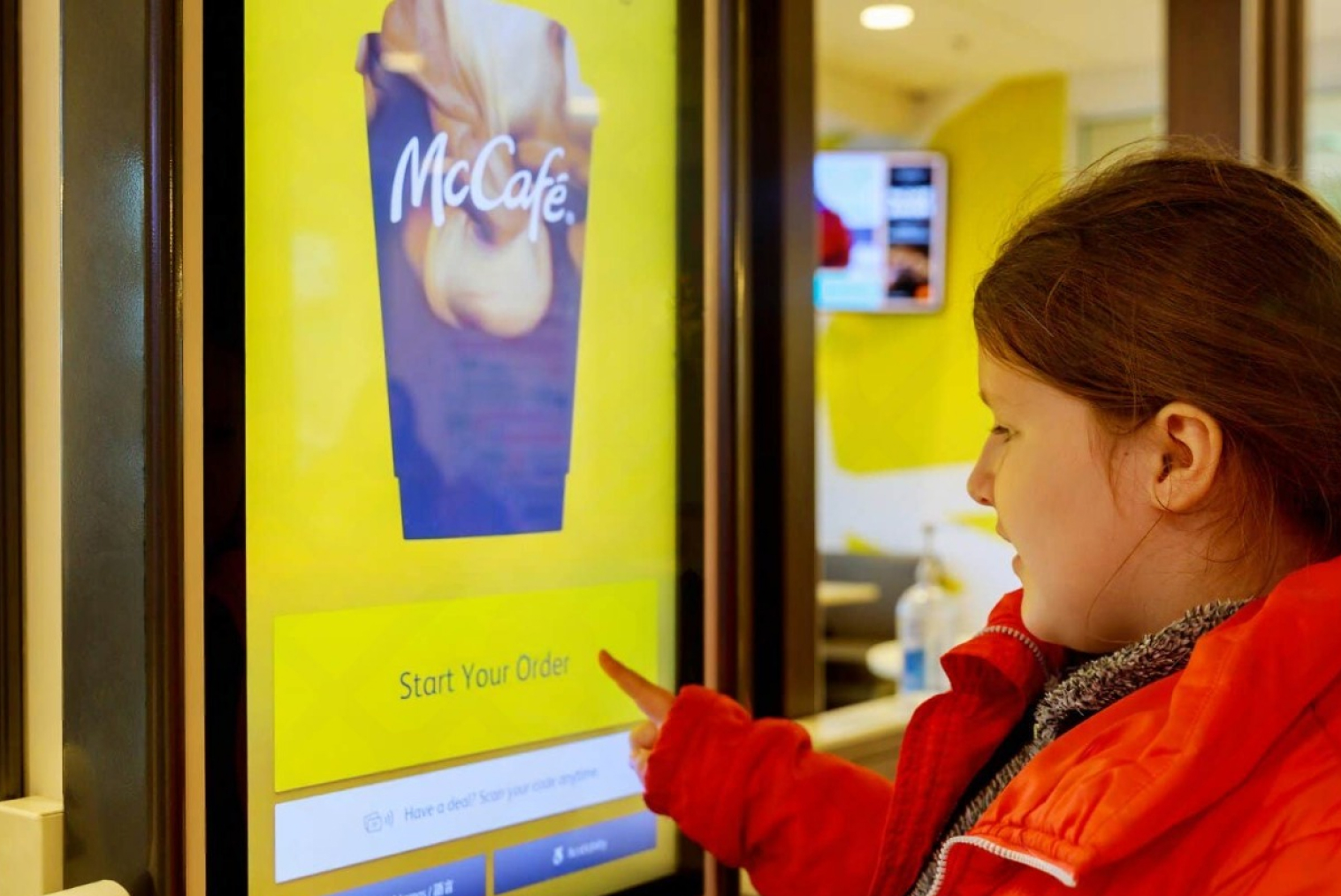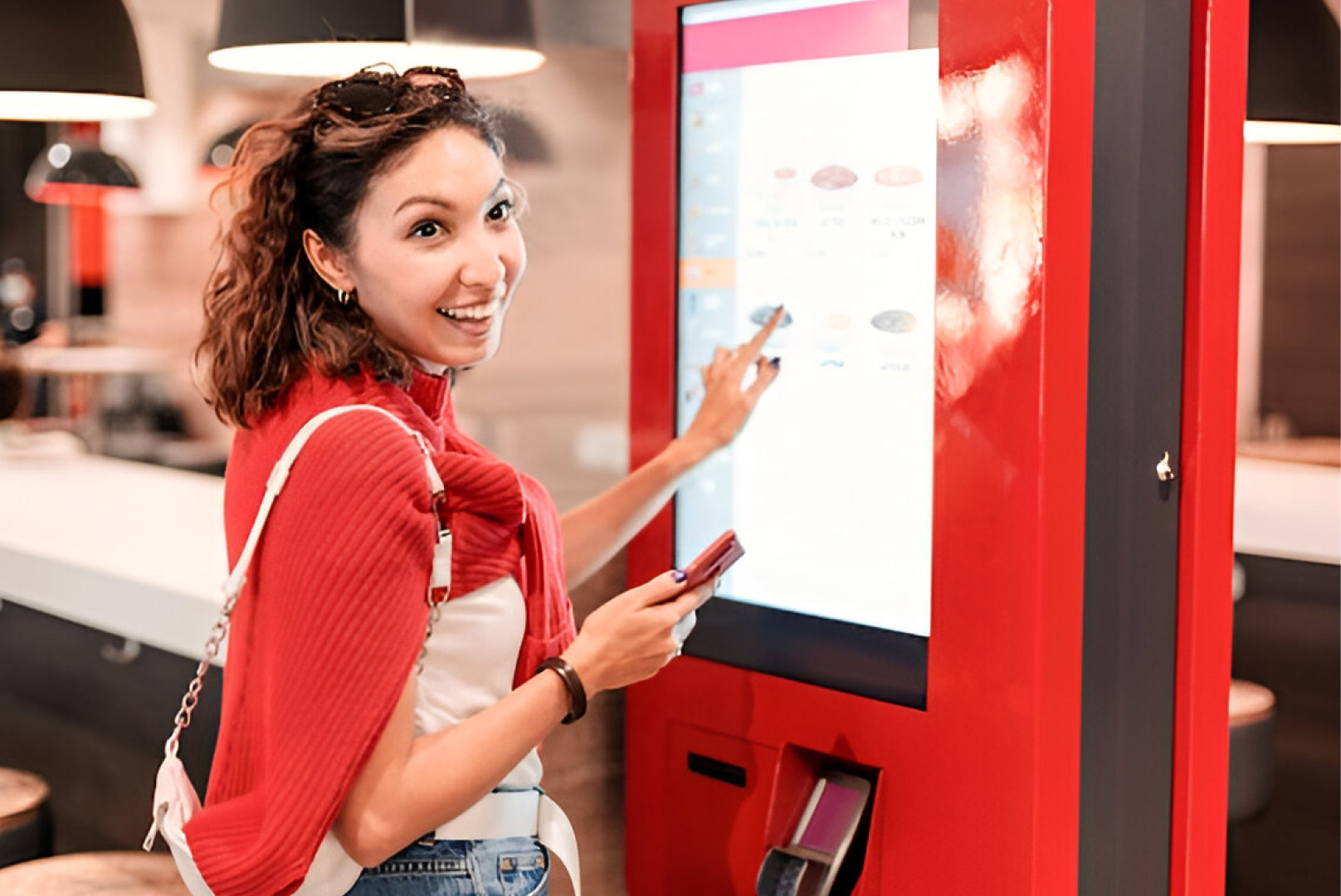In today's fast-paced world, every business is looking for ways to elevate the customer experience, streamline operations, and stay visually relevant. Be it a café, quick-service restaurant, or retail store, the right choice of kiosks can change how customers interact with your brand.
Understanding Indoor and Outdoor Kiosks
The concept of indoor food kiosk setups refers to sleek, responsive touchscreen terminals inside one's establishment, perhaps near counters, in waiting areas, or inside malls, which are normally integrated with your restaurant's POS. These features enable customers to navigate menus, personalise their orders, and make payments without the need for cashiers. Since they are not outdoor-bound, these kiosks do not require heavy weatherproofing. This will make them easier to set up and cheaper to maintain, all while delivering a polished experience.
On the other hand, outdoor information kiosks or digital kiosks are constructed to withstand the elements against sun, rain, dust, and sometimes even vandalism. These are perfect for drive-thru restaurants, park installations, or public-facing spots where you want to engage passersby. Due to custom outdoor kiosk designs, you can tailor these units to your brand's look, size, and functionality needs.
Why the Choice Matters?
The differences between indoor and outdoor kiosks extend beyond their placement. They can impact everything from your business operations to customer satisfaction.
Indoors, kiosks improve customer flow by reducing queue times and offloading repetitive tasks from your staff. These models create an elevated, digital-first vibe by providing a responsive touchscreen showing menu items, promotions, or loyalty rewards. Yet, the self-service ordering system they provide doesn't just appeal to tech-savvy customers; it empowers each guest to choose exactly how they order and pay.
Outdoors, kiosks serve as both service points and brand billboards. With high-brightness screens and weatherproof enclosures, they can operate day and night. Whether you want to handle drive-thru orders or offer wayfinding information in public spaces, these outdoor kiosks for food businesses make your brand visible and available even beyond your walls.
Key Considerations for Your Business
When choosing between indoor and outdoor kiosks, it helps to compare both side-by-side. Each environment demands different performance, durability, and maintenance levels — and understanding these differences will help you make the right investment.
Here’s a clearer breakdown of indoor vs outdoor kiosk requirements:
| Category |
Indoor Kiosks |
Outdoor Kiosks |
| Durability |
- Designed for controlled indoor environments
- Lightweight materials
- Minimal protective layers
|
- Rugged metal enclosures
- Anti-vandal, shatter-resistant glass
- Waterproof & dust-proof sealing
- Built-in temperature management systems
|
| Display Brightness |
- Standard brightness: 250–350 nits
- Suitable for indoor lighting
|
- High brightness: 1500–3000 nits
- Visible even in direct sunlight
|
| Cost Factors |
- Lower upfront cost
- Simpler construction
- Affordable installation
|
- Higher investment
- Weatherproofing & reinforced housing
- Specialised outdoor-rated components
|
| Installation & Maintenance |
- Mostly plug-and-play
- Easy mounting
- Basic cleaning & software updates
|
- Requires professional installation
- Secure outdoor cabling
- Climate control monitoring
- Routine inspection of seals & enclosures
|
| Integration & Functionality |
- Best for menu browsing
- Self-ordering & payments
- Loyalty check-ins
- Indoor navigation
|
- Ideal for drive-thru ordering
- Wayfinding & ticketing
- Outdoor promotions
- 24/7 public access
|
Make sure your kiosk (indoor or outdoor) integrates with your restaurant POS or backend system to keep content and order flows in sync.
According to Mordor Intelligence, 63.7% of interactive kiosk revenue in 2024 came from indoor units, but outdoor kiosks are projected to grow at a 6.3% CAGR, driven by rising demand in smart cities, wayfinding, and public-facing self-service.
How Different Businesses Use These Kiosks
Across industries, the adoption of kiosks has increased significantly due to their flexibility and powerful capabilities.
- Restaurants & QSRs rely on indoor food kiosks to speed up in-venue ordering, and outdoor digital kiosks to manage drive-thru or pickup orders.
- Retailers use indoor digital signage kiosks for product exploration, promotions, and wayfinding, while outdoor units can attract foot traffic and serve as interactive ad boards.
- Public-facing organizations (like malls, airports, and universities) deploy outdoor kiosks so customers can access maps, directories, or ticketing services without entering a building.
- Hospitality businesses (hotels, resorts) use both: indoors for check-in and ordering, outdoors for wayfinding or booking services near pools or outdoor areas.
According to RestoWorks, the number of self-ordering kiosks in restaurants surged by 43% between 2021 and 2023, reaching nearly 350,000 worldwide installations, demonstrating that restaurants are embracing both indoor and outdoor self-service formats.
Maintenance: What to Expect
Maintaining your kiosks will depend heavily on whether you chose indoor or outdoor units.
- For indoor kiosks, maintenance is relatively light: cleaning screens, occasional software updates, and maybe checking the physical setup.
- For outdoor kiosks, you’ll need to inspect weather seals, monitor heating/cooling systems, check for screen glare or damage, and ensure cabling is secure. Because these kiosks operate in harsher environments, regular preventive maintenance is crucial.
Final Thoughts
Choosing between indoor and outdoor kiosks is not just a design consideration; it's a strategic decision that will significantly impact how your customers interact with your business and streamline your operations. You'll know how to pick the right type of kiosk to meet the needs of your workflows, customers' behaviors, and brand objectives once you understand the trade-offs.
For food businesses, combining indoor and outdoor kiosks can create a strong hybrid experience, enabling guests to order quickly and independently inside while receiving high-visibility service outside. For those focused on data and insights, integrating your kiosks with a self-service ordering system into your POS provides real-time analytics that enable you to refine your experience continually.
At Tabin, investing in the right kiosk solution means building stronger customer relationships and driving long-term growth. Whether you decide to go indoor, outdoor, or a mix of both, our team will be happy to help you design, deploy, and maintain kiosks that work seamlessly with your business.
Frequently Asked Questions
Q1. Can indoor kiosks be converted for outdoor use?
Not reliably. Indoor kiosks typically lack weatherproofing, thermal regulation, and structural protection needed for outdoor exposure. It’s much safer and more effective to invest in a purpose-built outdoor unit.
Q2. How do maintenance needs differ between indoor and outdoor kiosks?
Indoor kiosks mostly require surface cleaning and occasional software updates. Outdoor models demand frequent checks of their enclosures, seal integrity, and climate-control systems.
Q3. Which industries use both indoor and outdoor kiosks?
Restaurants, retail chains, airports, universities, malls, and even public parks often use both types of kiosks. Combining them creates a seamless customer journey across environments.
Q4. Which type of kiosk is better for my business?
If your customer interactions primarily take place indoors, such as in-store dining or product browsing, go with indoor kiosks. But if you need visibility outside, frequent customer footfall on sidewalks or drive-thrus, or want to serve customers 24/7, outdoor kiosks will be more beneficial. Many businesses use both to cover all bases.
Q5. Can both kiosk types support digital payments and advertising?
Yes, whether indoor or outdoor, modern kiosks support contactless payments (NFC, QR codes, wallets) and dynamic content (promotions, upsell messages) to drive engagement and revenue.


